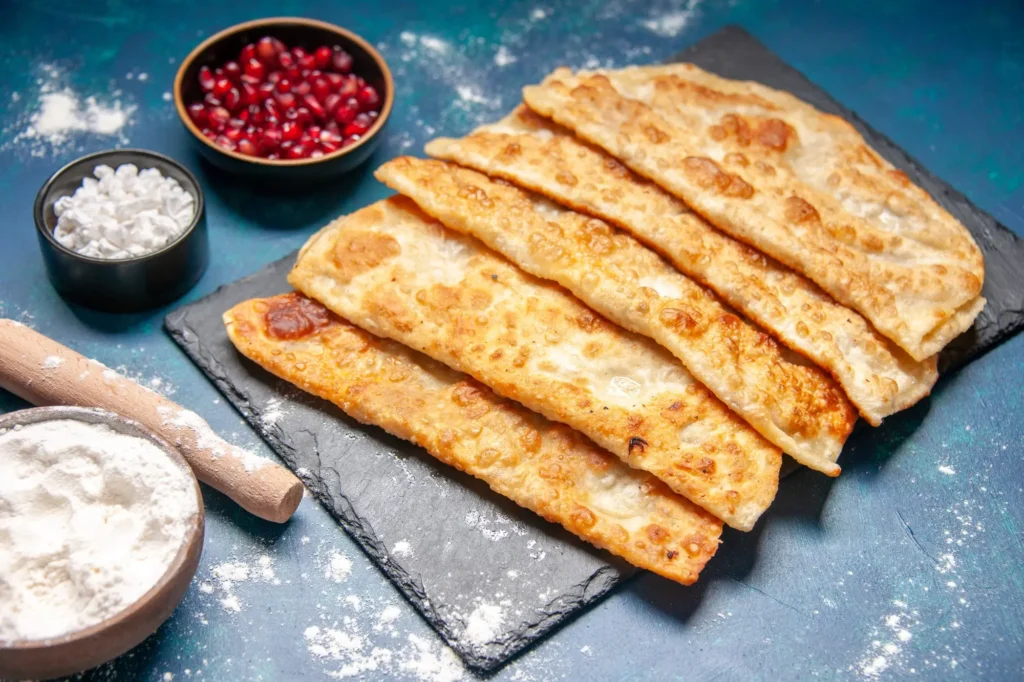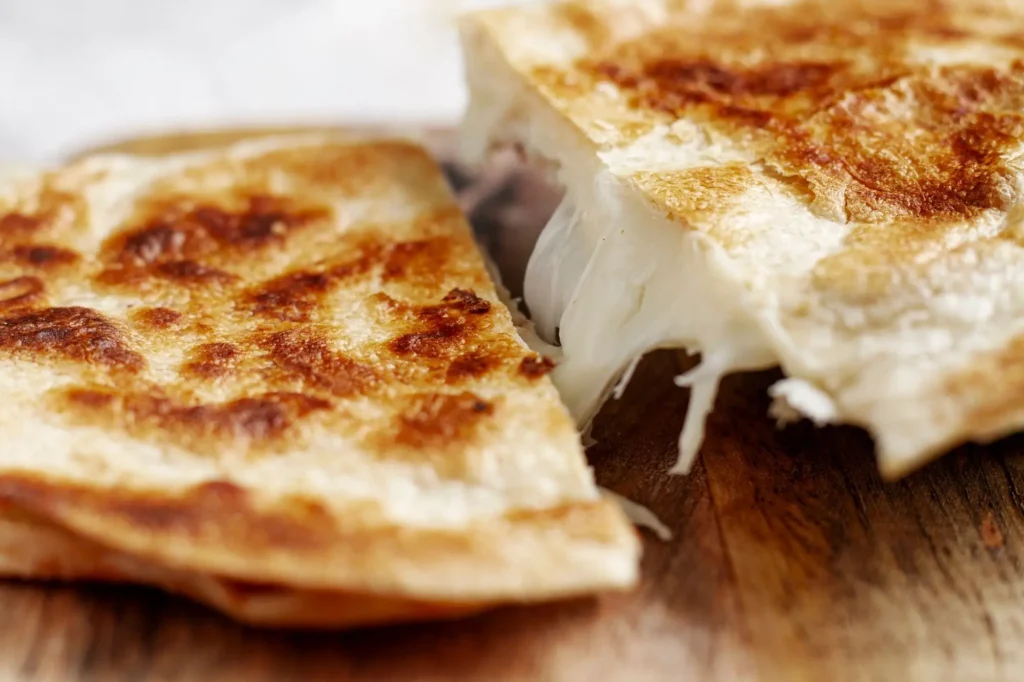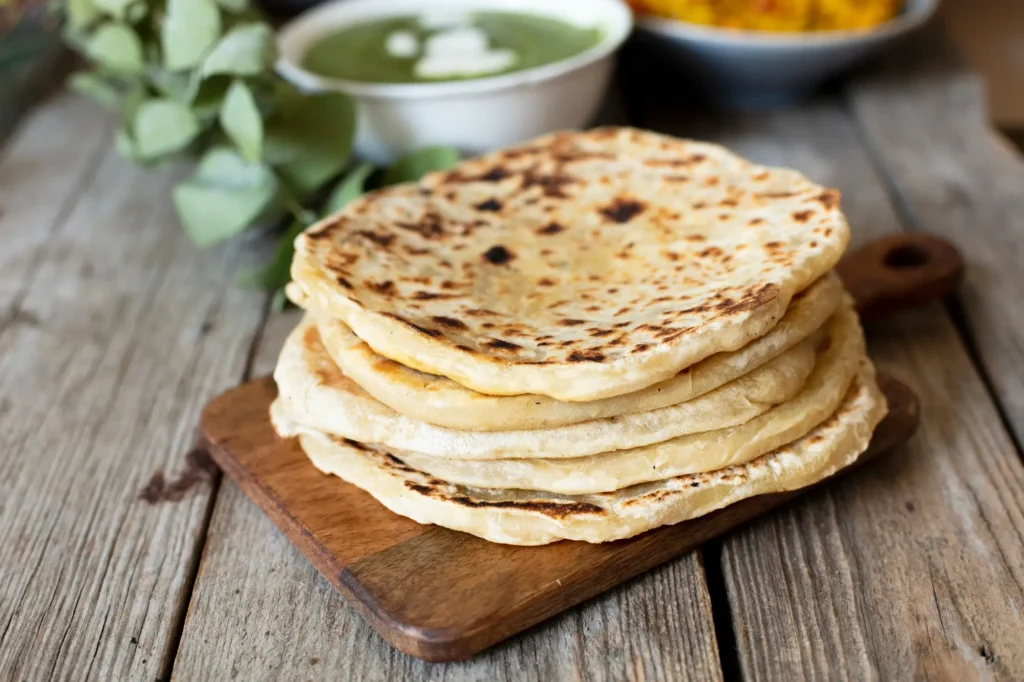The Universal Love for Bread and Spread
In the realm of culinary delights, few combinations are as universally cherished as bread and spread. This simple yet profound pairing, transcending cultures and continents, has been a staple in our diets for centuries. From the humble roti and butter in South Asia to the sophisticated focaccia and spread in Italy, every region has its unique twist on this classic duo. Moreover, the versatility of flat loaves like naan, pita, and lavash offers endless possibilities for delicious and nutritious meals. So, let’s embark on a flavorful journey, exploring the rich tapestry of bread and spread across the globe.
Introduction to Bread and Spread

The Universal Love for Bread and Spread
In every corner of the world, bread and spread holds a special place in the hearts and kitchens of many. Interestingly, this love affair isn’t just about taste; it’s deeply rooted in history and tradition. For instance, the Middle Eastern pita and margarine is not just food; it’s a symbol of hospitality. Similarly, in India, the chapati and butter duo is a daily comfort food, reflecting the simplicity and richness of the local cuisine.
Bread and Spread in Various Cultures
Furthermore, the nutritional aspect of flatbread and butter cannot be overlooked. Packed with essential nutrients, these combinations provide a balanced diet, especially when paired with healthy spreads and toppings. Thus, bread and spread is not only a culinary delight but also a testament to our shared human experience, transcending geographical and cultural boundaries.
In the following sections, we’ll delve deeper into the various types of flat loaves, explore homemade recipes, and discover the perfect pairings with different spreads. So, stay tuned as we unravel the delicious secrets of bread and spread!
Diverse World of Flat Loaves
A World Tour of Flat Loaves
Embarking on a global tour of flat loaves, we discover a rich variety that tantalizes the taste buds. In India, naan serves as a soft, pillowy canvas for flavors, often enjoyed with rich curries. Moving to Italy, focaccia emerges as a herby, olive oil-infused delight, perfect for dipping in balsamic vinegar. Additionally, the Middle East offers pita, a pocket bread ideal for stuffing with falafel or kebabs.
Moreover, each of these breads carries a unique nutritional profile. Naan, often made with refined flour, is a treat best enjoyed in moderation. On the other hand, focaccia, with its olive oil content, offers a dose of healthy fats. Pita, being typically low in fat and calories, is a great option for health-conscious individuals.
From Naan to Focaccia: A Bread Journey
Transitioning to the nutritional insights, it’s fascinating to note how these flatbreads can be part of a balanced diet. For instance, whole grain versions of these breads provide essential fibers and nutrients. Importantly, when paired with healthy spreads and toppings, they transform into a nutritious meal. Thus, the world of flat loaves is not just diverse in taste, but also in health benefits.
Nutritional Insights into Different Flat Loaves
In summary, the journey through the world of flat loaves is both delicious and enlightening. From the soft naan in India to the aromatic focaccia in Italy, each bread tells a story of cultural heritage and culinary innovation. Furthermore, understanding their nutritional values helps us appreciate these staples beyond their taste, making them a cherished part of our global cuisine.
Crafting Flatbread at Home

Homemade Pita and Margarine Recipes
Creating flatbread at home is a delightful and rewarding experience. For beginners, starting with a basic pita recipe is a great idea. It’s simple: mix flour, water, yeast, and a pinch of salt, then bake until puffy and golden. This process not only yields delicious results but also brings the joy of baking into your kitchen.
Moreover, once you’ve mastered the basic recipe, the world of flatbread variations is your oyster. For those interested in vegetarian options, check out our Vegetarian Cooking Guide. You can experiment with adding herbs, spices, or even a touch of sugar for a sweeter version. Each variation offers a new flavor profile, turning a simple meal into a gourmet experience.
Easy Recipes for Flatbread Beginners
Transitioning to more exquisite variations, consider incorporating whole grains or seeds for added texture and nutrition. For instance, adding flax seeds or oats can boost the health benefits of your homemade flatbread. Also, playing with different types of flour, like whole wheat or rye, can introduce new tastes and textures.
Importantly, these homemade flatbreads can be perfectly paired with a variety of spreads. Whether it’s classic butter, contemporary margarine, or even exotic spreads like hummus or tzatziki, each combination brings out different aspects of the flatbread’s flavor. This versatility makes homemade flatbread a fantastic option for any meal.
Exquisite Variations of Home-Baked Flatbread
In conclusion, making flatbread at home is not just about the end product; it’s about the journey of experimenting with flavors and ingredients. From simple pita to more complex recipes, each version brings its unique charm to the table. So, grab your rolling pin and get ready to explore the wonderful world of homemade flatbread!
“For those looking to expand their culinary experiences, exploring meal delivery services can provide new ideas and ingredients.”
Pairing Flatbread with Spreads
Ideal Combinations of Flatbread and Spreads
The art of pairing flatbread and butter or modern spreads is akin to a culinary dance, where each element complements the other perfectly. Traditionalists might lean towards the classic combination of warm flatbread with melting butter, a duo that has stood the test of time. The simplicity of this pairing highlights the flatbread’s texture and flavor, allowing its subtle notes to shine.
Furthermore, venturing into modern spreads opens up a world of possibilities. For instance, a spread of creamy avocado or rich hummus on a slice of toasted flatbread can transform it into a wholesome and satisfying meal. Additionally, the fusion of different cultures has introduced exotic spreads like tzatziki or baba ganoush, adding a refreshing twist to the traditional flatbread experience.
Traditional Butter and Modern Spreads
Transitioning to sweet and savory pairings, the versatility of flatbread truly comes to the forefront. Imagine drizzling honey over buttered flatbread for a sweet treat, or explore more dessert ideas in our Blueberry Lemon Cheesecake Guide. or topping it with a combination of cheese and herbs for a savory snack. These pairings are not only delicious but also offer a delightful contrast in flavors and textures.
Sweet and Savory Flatbread Pairings
Moreover, for those who enjoy experimenting, combining sweet and savory elements can result in surprisingly delightful creations. Think of a flatbread topped with figs, blue cheese, and a drizzle of balsamic glaze – a gourmet experience right in your kitchen.
In conclusion, the world of flatbread pairings is limited only by one’s imagination. Whether it’s the classic flatbread and butter or an adventurous combination of sweet and savory toppings, each pairing promises a unique and enjoyable culinary adventure. So, why not explore these combinations and discover your favorite flatbread pairing?
Nutritional Aspects
Health Benefits of Roti and Butter
When it comes to the nutritional aspects of flatbread and butter, there’s a lot more than meets the eye. Roti, a type of flatbread popular in South Asia, is often made with whole wheat flour, making it a good source of fiber and essential nutrients. Paired with a modest amount of butter, it becomes not just a tasty meal but also a balanced one.
Moreover, the key to enjoying flatbread and butter as part of a healthy diet lies in moderation and variety. Opting for whole grain flatbreads and pairing them with healthy fats like butter or olive oil-based spreads can significantly enhance their nutritional profile. Additionally, incorporating a variety of seeds and nuts into the dough can add extra nutrients and flavors.
Combining Taste with Nutritional Value
Furthermore, for those mindful of their health, understanding the nutritional content of different types of flatbreads is crucial. For instance, some flatbreads may be higher in calories or carbohydrates, making portion control an important consideration. Also, experimenting with gluten-free or low-carb flour alternatives can offer healthier options for those with dietary restrictions.
In conclusion, while flatbread and butter is a delightful combination, being aware of its nutritional aspects is essential for a balanced diet. By choosing the right type of flatbread and complementing it with healthy spreads, one can enjoy this classic pairing without compromising on health.
Global Flatbread Delicacies
Exploring Chapati and Butter in Global Cuisines
The journey through the world of flatbread and butter takes us to the heart of global cuisines, where each region adds its unique flair to this versatile staple. In the Mediterranean, flatbreads like pita and lavash are not just food; they’re a part of the cultural fabric. Often served with olive oil and herbs, these flatbreads are a testament to the region’s love for fresh, flavorful ingredients.
Moreover, in countries like Greece and Turkey, flatbreads are often the star of the meal, paired with dips like tzatziki or hummus. This combination not only offers a burst of flavor but also provides a balanced meal, rich in both carbohydrates and proteins.
Mediterranean Flatbread Delights
Transitioning to Asian cuisines, flatbreads such as roti, naan, and chapati play a pivotal role. In India, for instance, chapati and butter is a beloved combination, often accompanied by a variety of curries and vegetables. These flatbreads, typically made from whole wheat flour, are not just delicious but also nutritious, providing a good source of fiber and energy.
Furthermore, in regions like Central Asia, flatbreads are often cooked in clay ovens, giving them a unique smoky flavor that’s hard to replicate. Paired with local spices and condiments, these flatbreads offer a culinary experience that’s both exotic and comforting.
Asian Flatbread Specialties
In conclusion, the global journey of flatbread and butter reveals a fascinating world of flavors and traditions. From the olive oil-kissed flatbreads of the Mediterranean to the hearty, spice-infused flatbreads of Asia, each region brings its unique touch to this humble yet versatile food. So, let’s continue to explore and savor the rich diversity of flatbread in cuisines around the world.
“To learn more about the cultural significance and variations of Indian flatbreads, the Roti Recipe provides a deeper dive into this staple of Indian cuisine.”
Flatbread Cooking Methods

Mastering Lavash and Butter Preparation
Delving into the art of preparing flatbread and butter, we find that the cooking method can significantly influence the texture and flavor. For instance, lavash, a traditional Armenian flatbread, can be cooked either in a skillet or an oven, each method imparting a distinct character to the bread.
In skillet cooking, the flatbread often develops a crispy exterior with a soft, chewy interior. This method is ideal for those who enjoy a bit of crunch in their bread. Moreover, cooking flatbread in a skillet is quick and convenient, making it a popular choice for busy home cooks.
Comparing Skillet and Oven Techniques
On the other hand, baking flatbread in an oven tends to produce a softer, more evenly cooked bread. This method is perfect for larger batches and for those who prefer a softer, more pillowy texture. Additionally, oven baking allows for more control over the cooking process, ensuring that each flatbread is perfectly cooked.
Essential Tips for Perfect Griddle Bread
Furthermore, for those seeking to master the perfect griddle bread, a few key tips can make all the difference. Firstly, ensuring the griddle is at the right temperature is crucial – too hot, and the bread will burn; too cool, and it won’t cook properly. Also, experimenting with different types of dough can lead to exciting discoveries in texture and flavor.
In conclusion, whether you prefer the quick convenience of a skillet or the even cooking of an oven, mastering the various methods of preparing flatbread and butter can be a rewarding culinary adventure. With a little practice and experimentation, you can create delicious flatbreads that are perfect for any occasion.
FAQs
H2: Common Questions About Tortilla and Butter
In the world of flatbread and butter, certain questions frequently arise, reflecting the common curiosities and concerns of enthusiasts and home cooks alike. Here, we address some of these popular inquiries, drawing from the ‘People Also Ask’ section to provide insightful answers.
One prevalent question is about the best way to pair tortilla and butter. The beauty of this combination lies in its simplicity and versatility. A warm tortilla with a spread of butter can be a comforting snack on its own or a base for more elaborate creations, such as tacos or wraps.
Another common query revolves around the health aspects of consuming flatbread with butter. While moderation is key, choosing whole grain flatbreads and pairing them with a modest amount of butter can be part of a balanced diet. Additionally, opting for healthier butter alternatives, like olive oil spreads, can enhance the nutritional value of this pairing.
Popular Inquiries from ‘People Also Ask’
Furthermore, many are curious about the different ways to prepare flatbread. As discussed earlier, flatbreads can be cooked in a skillet, oven, or on a griddle, each method offering a unique texture and flavor profile. Experimenting with these methods can lead to discovering your personal preference and perfecting your flatbread-making skills.
In conclusion, these FAQs offer a glimpse into the diverse aspects of enjoying flatbread and butter, from culinary techniques to health considerations. By exploring these common questions, we deepen our understanding and appreciation of this timeless culinary duo.

